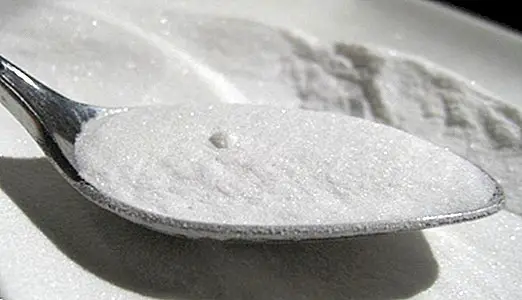Caloric sweeteners
The so-called caloric sweeteners should be differentiated from those known as sweetening additives in themselves, and in fact both should not be confused.
The Food Additives, as its name suggests, are substances or compounds that are added to foods and beverages to provide different basic qualities. For example, while the acidulant additives fulfill the function of controlling the sweetness of beverages, the coloring additives give the food and beverages a much more visually appealing appearance.

What are caloric sweeteners and what are they for?
As its own name could indicate, the so-called caloric sweeteners they are substances that provide food and drinks with a sweet taste, being suitable for the production of low-calorie or low-calorie products because our body does not need insulin to metabolize them.
Hence, these types of products made with caloric sweeteners are more or less suitable for certain types of low-sugar diets, or for diets especially indicated for people with diabetes.
Caloric sweeteners provide the same amount of energy as sugar, around 4 kilocalories per gram.
The most common caloric sweeteners
Here we indicate what are the most common caloric sweeteners:
- E 420 Sorbitol
- E 967 Xylitol
- E 421 Mannitol
- E 953 Isomaltosa
- E 965 Maltitol
- E 966 Lactitol
- E 968 Erythritol
In what foods can we find caloric sweeteners?
- Industrial ice cream
- Candies and chewing gum.
- Dairy products.
- Mustard sauces.
It is also possible to find them in other non-food products, such as toothpastes and medicines.
Image | sea turtle This article is published for informational purposes only. You can not and should not replace the consultation with a Nutritionist. We advise you to consult your trusted Nutritionist.


